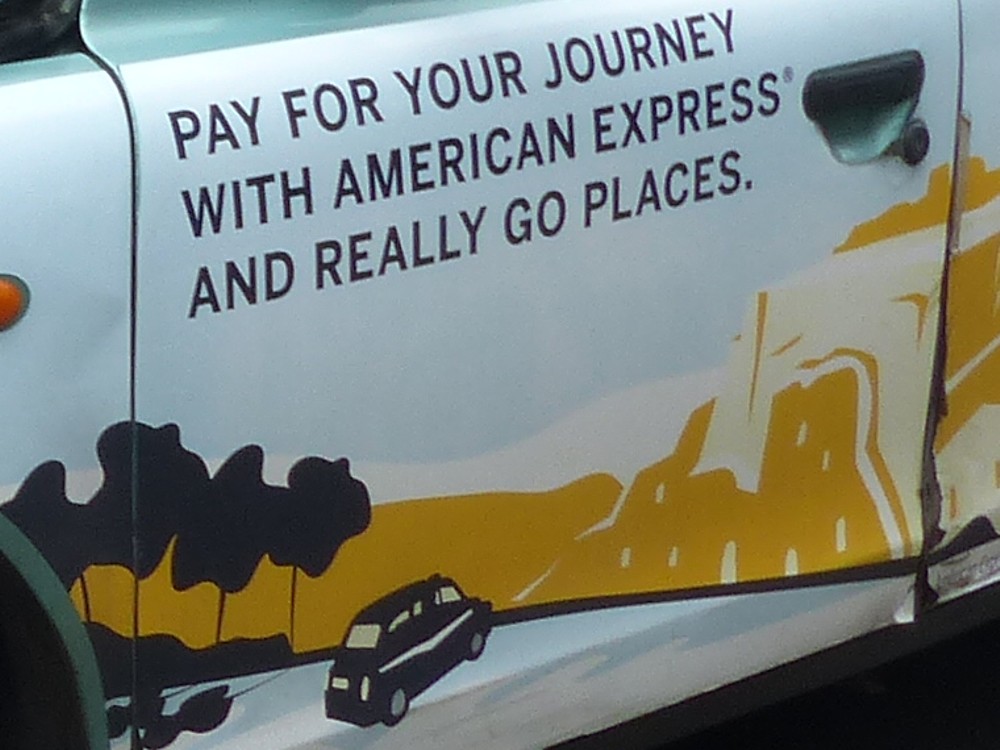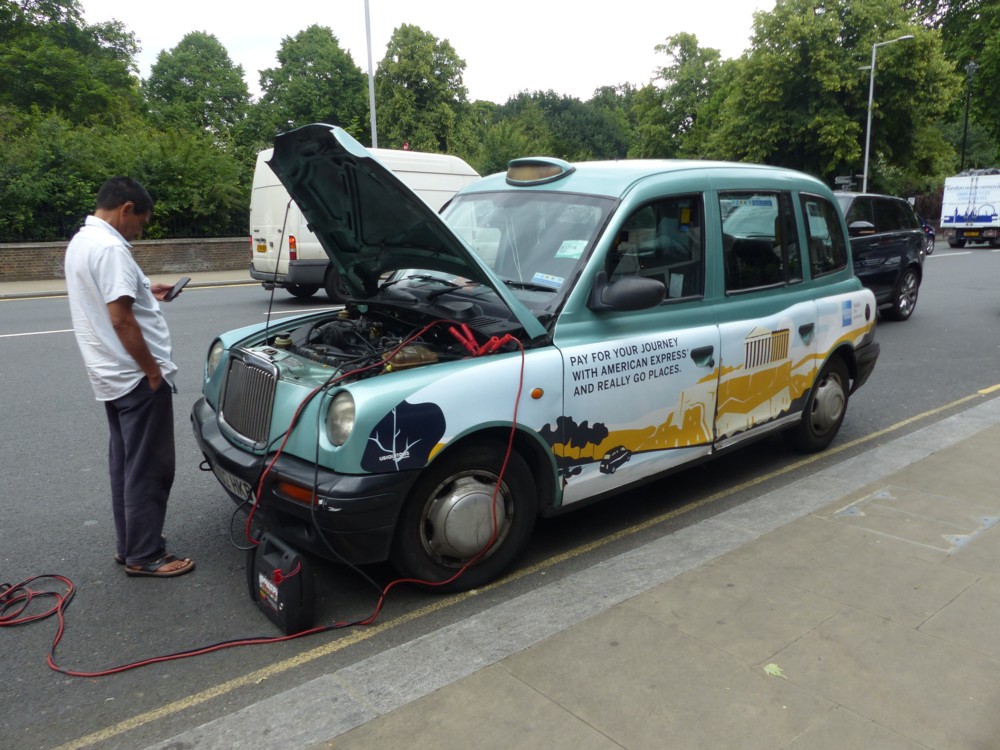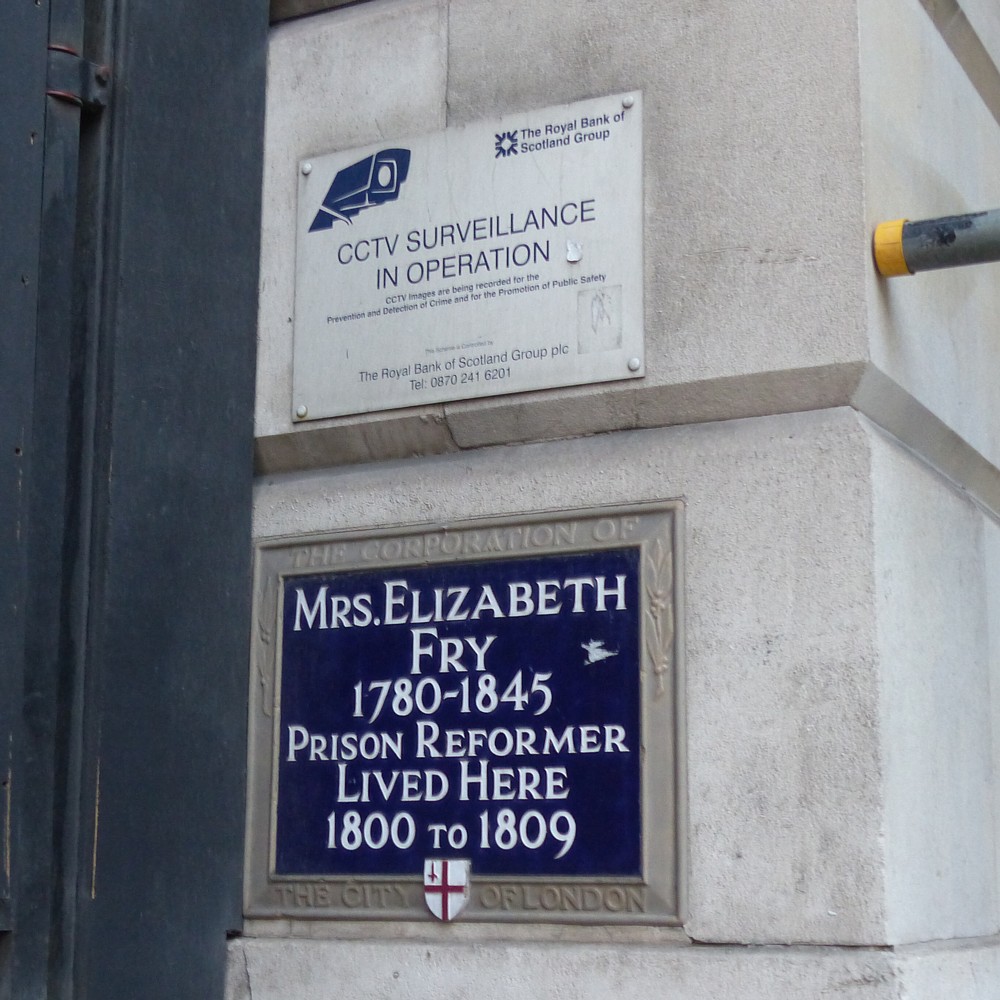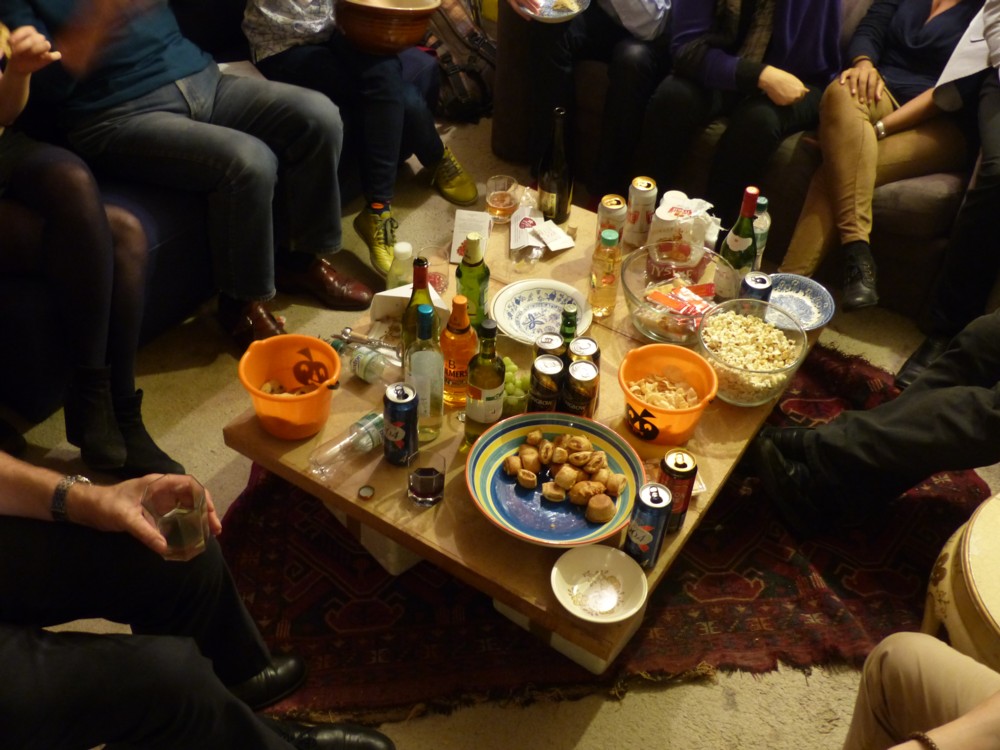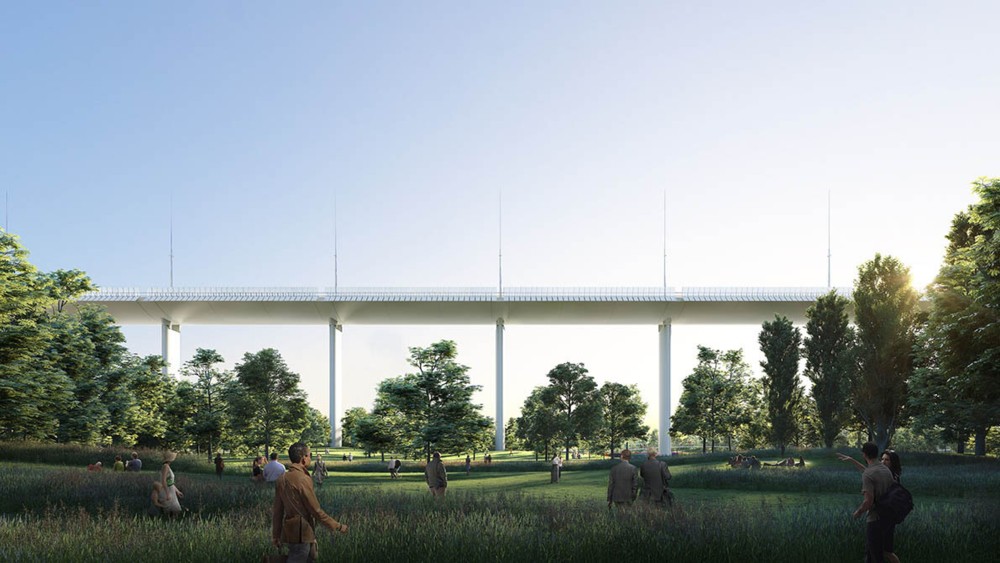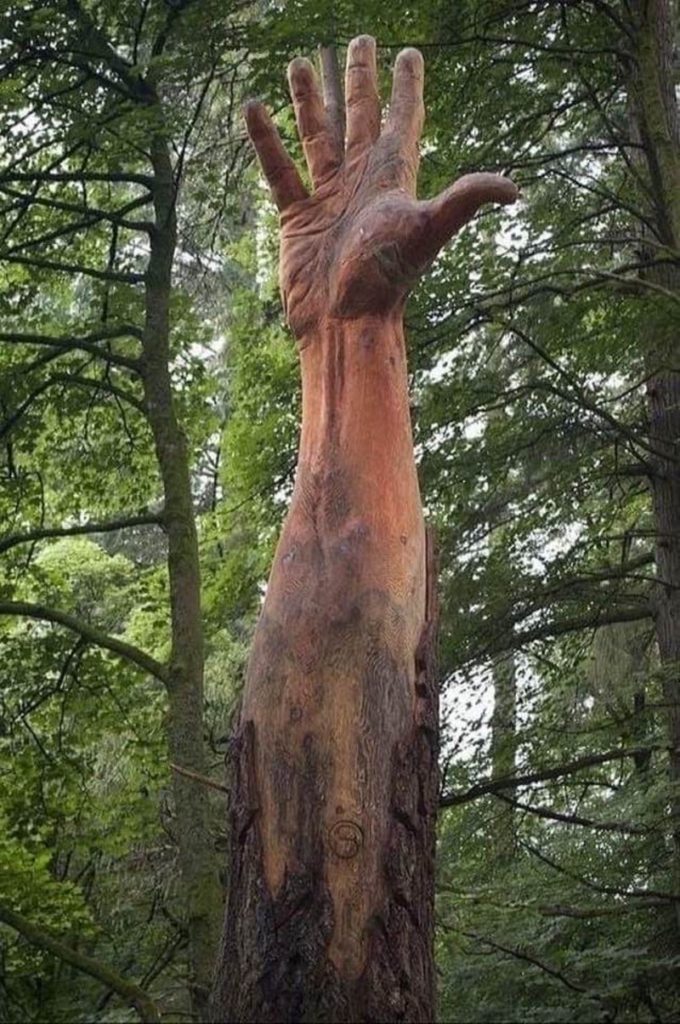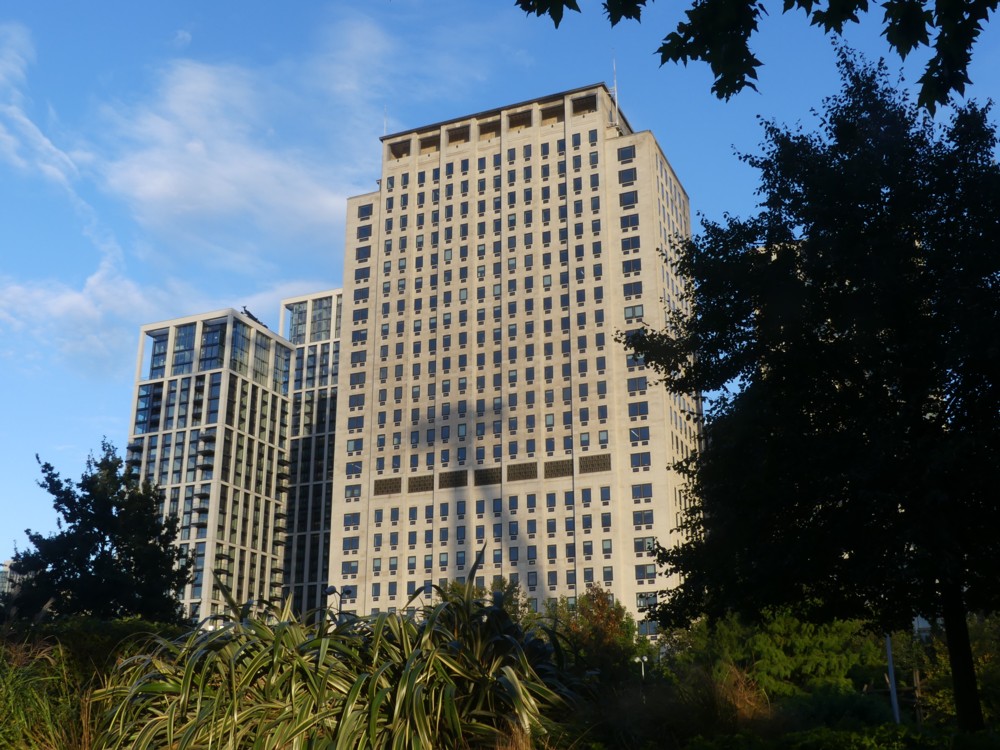We are enterting a period during which there is maximum confusion concerning the future of vehicles, what they’ll be, how they’ll look, and so forth. It’s rather like the confusion that reigned around 1900 about what exactly an automobile was, and would look like. And of all the things I’ve recently seen that bear on the next phase in powered vehicle history, this is probably the one that grabbed my attention in the most grabby way:
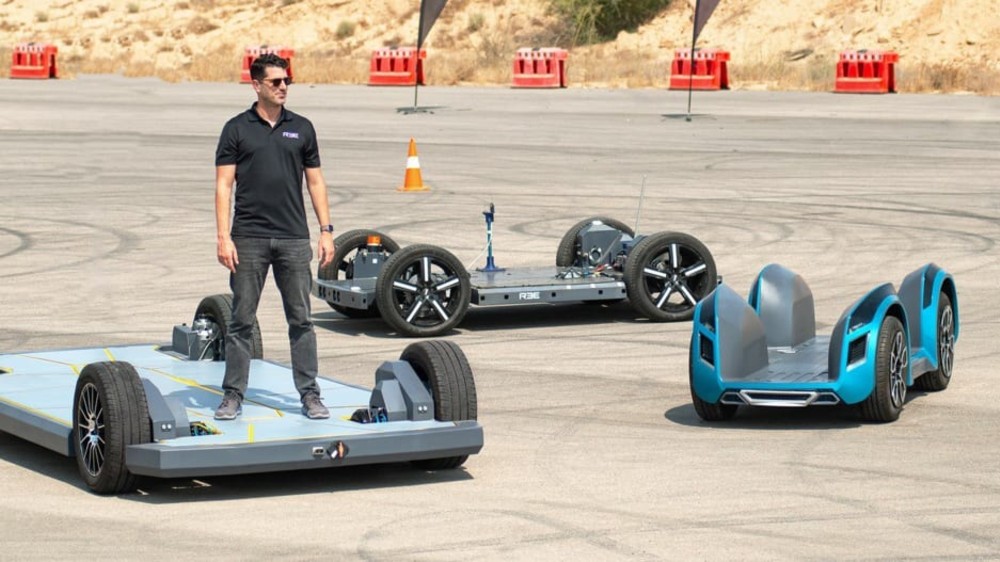
Because electric motors are now delivering the same punch for a fraction of the volume, weight and all round fuss of the petrol engine, it has, it would appear, become possible to think of road vehicles as being formed of two distinct and separable elements, the vehicle itself, and its load. Look at those things. They’re basically the bottom bit of an electric scooter, with the wheels doubled up for stability, and made big enough to replace old school cars.
Suddenly, in the constantly promised but never quite delivered world of the robot cars of the future, we get a glimpse of how those robots might actually end up looking, and how they might function.
I note with pleasure that Ree, one of the companies apparently busiest in this area, is based in Israel, the state of Israel being one of my favourite states.
The article to which I just linked, and where I found the above photo, talks only of permanently bolting the top onto these sorts of bottoms, if you’ll pardon the expression. But why does the load have to be permanently attached? The load can now become a separate object of robotised transport. Which makes all kinds of transport fun and games possible. You don’t get into your car in the morning, to travel to Timbuktu. You get into your pod, made of super-lightweight super-materials. And your pod then gets automatically taken to Timbuktu. By container ship, plane, train or automobile of this newly flattened sort, depending on how much of rush you are in and which forms of transport happen to be the cheapest at that moment.
Presumably, they have thought of making a lorry-stroke-electric-skateboard of this sort that can have a shipping container loaded onto it. It would be very odd if they haven’t.
Those are just first thoughts, and could be all wrong. Because rule number one of these transport upheavals is: Nobody Really Knows. Please friends and commenters, tell me of any related developments of this sort that you learn about.

